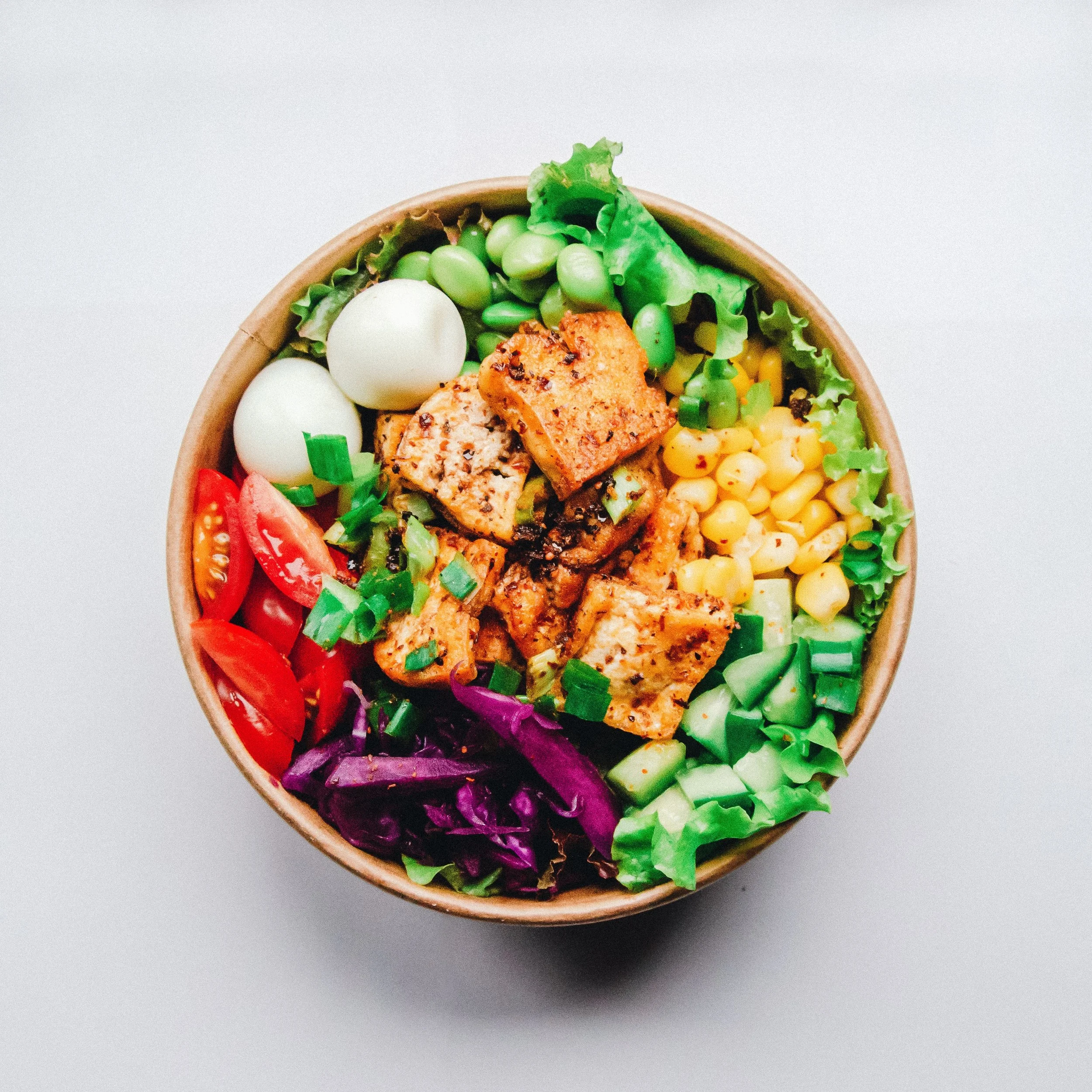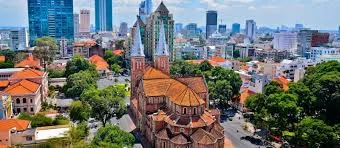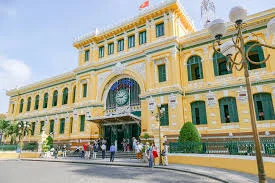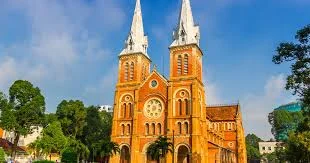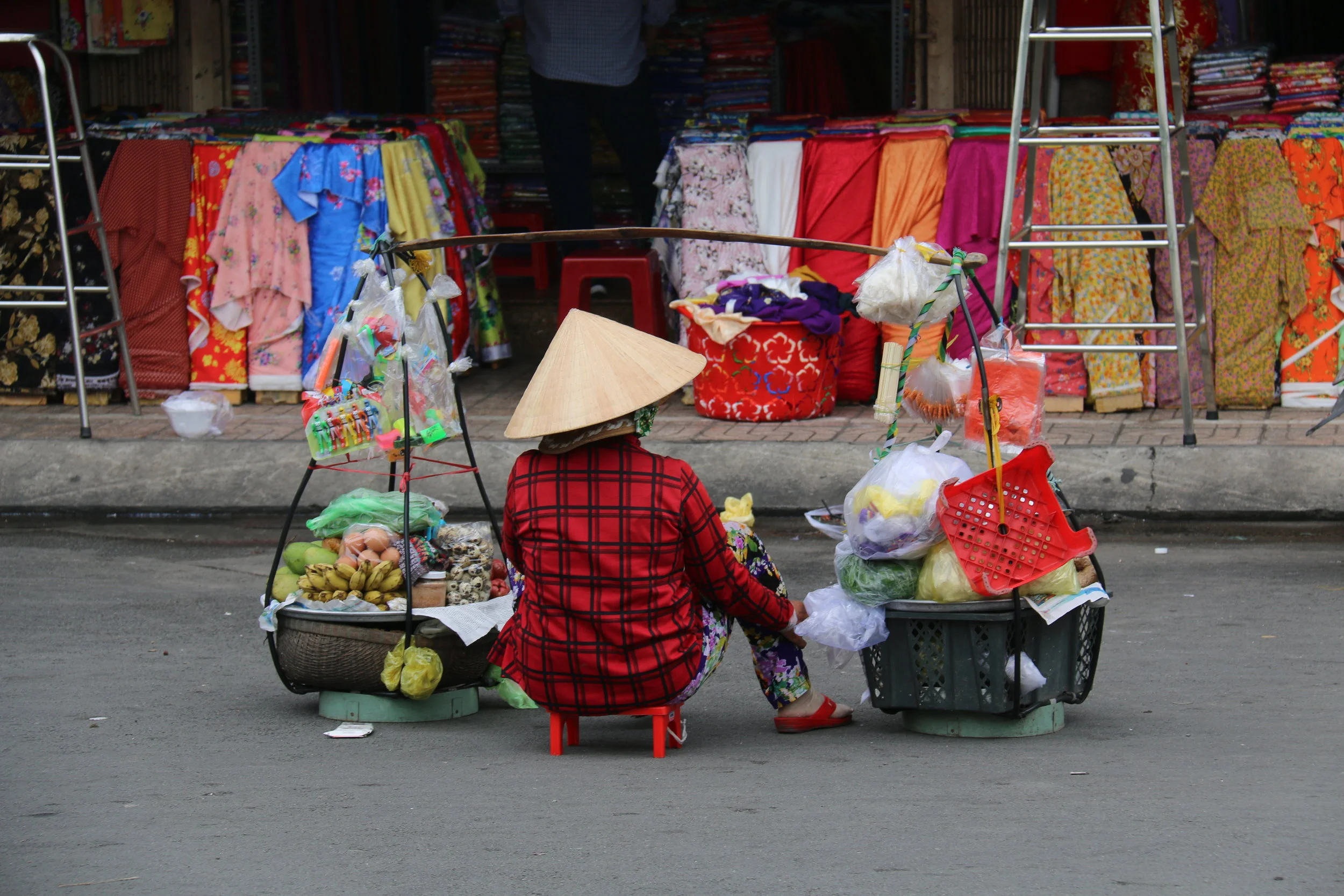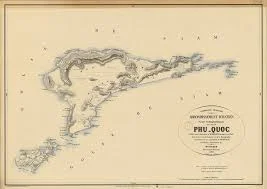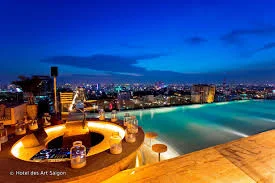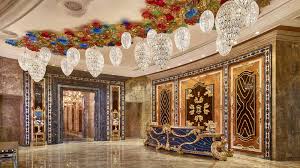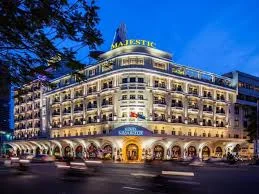Simply Saigon, Vietnam's Jewel of The Delta.
First Published Silkwings Magazine January 2019
It has been many years since I last visited Ho Chi Minh or, to give it its original name, Saigon and after just a day I vowed to try and get here on a more regular basis.
This sprawling city is now a metropolis that is on the move with the streets choked with an insectile swarm of millions of motorcycles, buses, cars and the occasional outdated cyclo that weave their way through traffic so dense it seems impossible to even think about attempting to cross a street.
Saigon is a kaleidoscopic mix of heritage and history, exotic, elegant and bursting with a sense of zestfulness that has turned the city into one of Asia’s dynamic powerhouses easily rivalling its more established neighbours Bangkok, Singapore and Kuala Lumpur.
Two decades of sweeping economic reform has transformed Saigon from a war-ravaged, weary ruin into a thriving destination that now wears its newly found wealth with a sense of pride. Wide boulevards which, until just a few years ago housed dimly lit shop- houses and dingy restaurants now sport gleaming office towers and branded hotels while, at street level, luxury emporiums sit cheek by jowl, enticing well - healed tourists to sample their imported goods.
It was the Khmer fishermen who first eked out a living here on the banks of the Saigon River, a mighty tributary of the even mightier Mekong, They built their modest dwellings on the high ground north of the delta wetlands and named the area Prei Nokor. Rich pickings from the rivers and the fertile lands saw the area flourish which naturally attracted attention from the north and by the end of the eighteenth century the Viets had subdued the area and it was swallowed whole to become part of the Nguyen Dynasty who gave it a new name, Saigon which is a Vietnamese name for the Kapok tree.
Much of Saigon owes a lot of its form and character to the French colonists who, once they had 'colonised' the area, set to work draining the vast marshlands and constructing regimental boulevards lined with tamarind trees which, even after over a hundred years still provides ample shade from the harsh tropical sun.
During the 1930’ and ’40s, these boulevards sported traditional French names such as Boulevard de la Somme and Rue Rousseau along which classic examples of stylish European architecture were erected. The city took on an air of Gallic ambience as cafes, patisseries, and bars sprang up on corners dispensing baguettes and Vermouth to cater to the ever-growing tide of French immigrants. In 1934 Somerset Maugham visited the city and remarked,” I found it reminiscent of a little provincial town in the South of France.”
The French were able to bankroll this city on the delta by way of planting vast rubber plantations and expanding the already thriving rice industry and exporting the goods back to France from the new seaport that the city had morphed into.
Post World War 2 the country was divided in two and, in 1954 Saigon was designated the capital of the Republic of South Vietnam under President Diem. This situation was not to last for very long with the beginning of the Vietnam war, or as the locals refer to it the American war. After the withdrawal of the American Troops in 1973 the communists assumed control and a year later renamed the city Ho Chi Minh.
The war years extracted a heavy toll on the south with the Americans carpet bombing much of the countryside forcing millions of citizens to seek refuge in the city. After the fall of Saigon, these refugees suffered terribly at the hands of the Vietcong as they were seen to have collaborated with the Americans and were interred in harsh ‘re-education ‘ camps while many millions more fled the country by boat.
It took almost twenty years before economic liberalization or doi moi, was introduced and a market economy began to flourish. Another twenty years on from that, the city has more than found it’s feet and the resurgence has produced a burgeoning middle class who eye the future with unprecedented optimism.
Ho Chi Minh today is divided into twenty-four districts although most visitors rarely venture further than districts one, two and three. District one is technically the heart of the city and hugs the banks of the Saigon river. Here, major metropolitan hotels, shopping centres and banks reside. along with stylish restaurants and more rooftop bars that can be found anywhere else in South - East Asia.
Saigon is a city that doesn’t disappoint even with its chaotic traffic and a twenty- four - hour lifestyle. The central district (1) has some wonderful relics of its French colonial past although many of these are fast disappearing as rapacious developers obliterate vast swathes of the city in order to erect ever taller high rise buildings. There are still plenty of gems to explore such as the old General Post Office, a classic colonial edifice that has remained the same since its completion in 1880. Inside are two huge map - murals charting the city in 1892 and the other showing the telegraphic lines of Vietnam and Cambodia all overlooked by a giant portrait of Ho Chi Minh himself.
Dotted around the city centre there are still some stunning examples of French architecture symbolized by the Hotels De Ville, Rex and Majestic which still exude a sense of colonial charm. The imposing Notre Dame Cathedral with its soaring spires is a perfect landmark to orientate the first time visitor. The American War Museum is probably a must, although prepare to emerge from a harrowing visit slightly depressed.
For the more adventurous, a visit to Saigon would not be complete without venturing to district three and a wander through the crowded and, to the untrained eye, chaotic markets of Cho Lon.
This area, which was the original ‘Chinatown’ is made up of a dense cluster of streets that spread out in every direction like boneless capillaries without any discernible pattern, each of which house a veritable Aladdin’s cave full to the brim with everything imaginable.
Cho Lon (whose name, means “big market” couldn’t be more appropriate) literally throbs with life. Pavement barbers snip and shave their customers alongside young girls selling a colourful variety of songbirds while aged and stooped Vietnamese women cook delicious looking fried spring rolls in giant woks over an open flames.
t's easy to lose oneself in the melee of life that goes on here where rapid-fire commerce takes place in the shadow of pagodas and sacred temples as it’s a visual and tactile feast that instantly envelopes one in its exotic cocoon.
Ho Chi Minh or Saigon, no matter what you call it, is one of those places that should be seen, if only to say, “now I can die happy”
It's simply brilliant!
Photographs Copyright Paul v Walters & E.J. Lenahan

